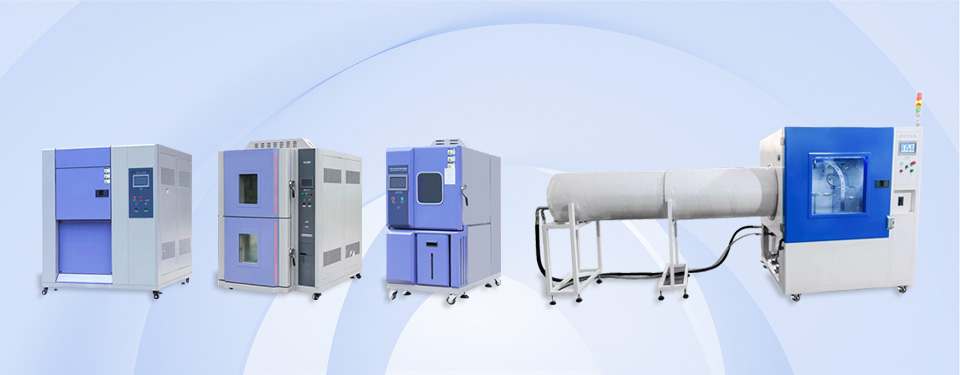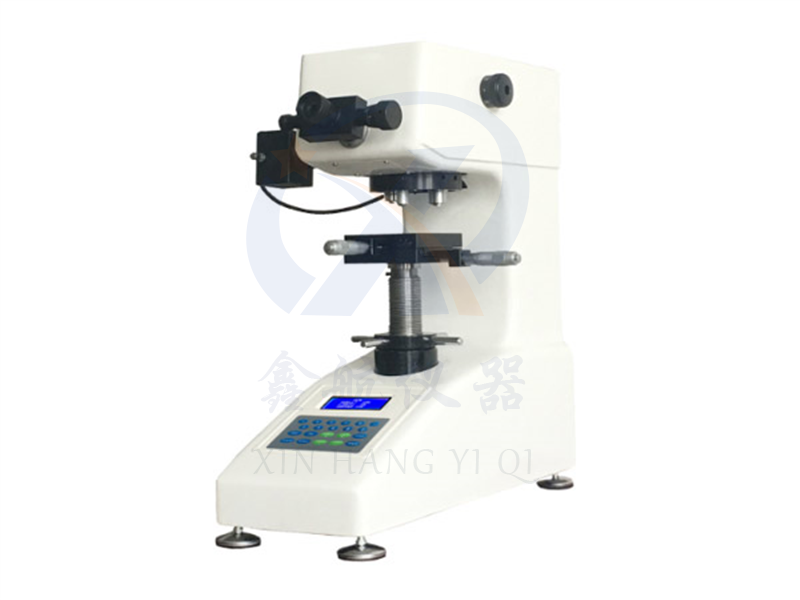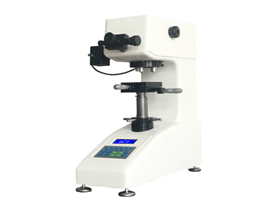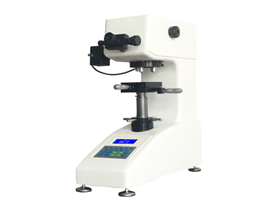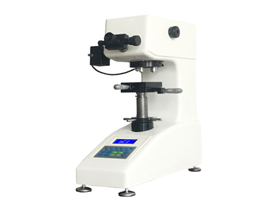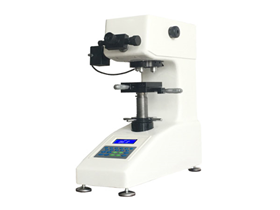Overview:
Using an LCD display screen, it can switch between Vickers (HV) and Knoop (HK) hardness scales, with easy operation and high-definition optical system. The brightness of the light source can be adjusted by 20 levels, and there are multiple hardness conversion functions. The diagonal length D1 and D2 values can be measured using a micrometer eyepiece. After pressing the key, the hardness value can be displayed on the LCD. Integrated cast aluminum body, without deformation or displacement, with a weight loading structure, stable performance, high measurement accuracy, and good repeatability.
Main functions:
● Using an LCD display screen, it can switch between Vickers (HV) and Knoop (HK) hardness scales;
● Easy to operate;
The brightness of the high-definition optical system light source can be adjusted by 20 levels;
The loading platform is a manually operated turbine vortex rod lift;
Multiple hardness standard conversion functions;
Measure the diagonal lengths D1 and D2 using a micrometer eyepiece, and press the key to display the hardness value on the LCD;
Accurate positioning.
Application scope:
Suitable for testing metal structures, metallurgy, and metallographic research, including small parts, thin sheets, metal foils, wires, thin hardening layers, and surface coatings of electroplated coatings, quenching hardening layers, nitriding layers, steel, non-ferrous metals, ceramics, alloys, heat treatment, carbonization, with thicknesses up to 3 μ Measurement of the depth of the hardened layer for extremely small and thin parts of m.
Vickers test principle:
The Vickers hardness test is conducted by using a 136 ° diamond indenter to press a specified test force (F) into the surface of the tested object. After maintaining the test force for a specified period of time, the test force is removed, and the diagonal (d) of the indentation on the surface of the specimen is measured using a micrometer eyepiece. The average pressure (N/mm2) borne by the conical surface area of the indentation is calculated, which is the Vickers hardness value. (See Figure 1.1 for details).
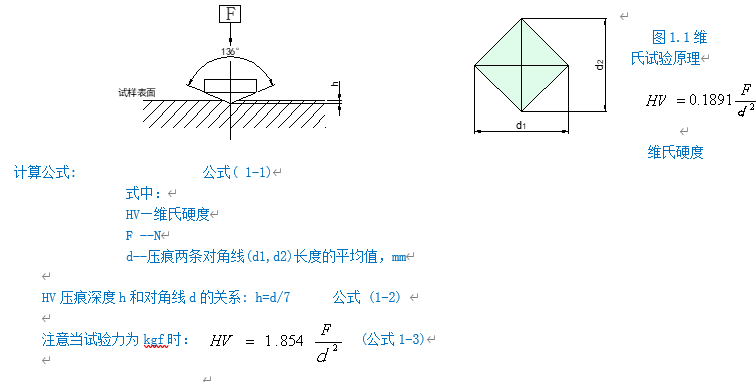
technical data
|
model
|
401MVA-Y
|
|
Experimental forceGF
|
10GF (0.098N)25gf (0.245N)50GF (0.49N)100GF (0.98N)200GF (1.96N)300gf (2.94N)500gf (4.9N)1000gf (9.8N)
|
|
Minimum measurement unit
|
0.25μM
|
|
measuring range
|
0-3000HV
|
|
measurement accuracy
|
Suitable or higher thanGB/T4340.2(See Appendix 1)
|
|
Total magnification
|
100X(Observation),)400X(Measurement)
|
|
Loading Method
|
Automatic (loading, holding, unloading)
|
|
data output
|
LCDDisplay Readout
|
|
Duration Time
|
5-60Seconds adjustable
|
|
Instrument size (length x width x height)
|
405X290X480mm
|
|
Instrument weight
|
about40Kg
|
|
Maximum height of the specimen
|
90mm
|
|
Distance from the center of the pressure head to the inner wall
|
120mm
|
|
Exchange Scales
|
HRAHRBHRCHRDHREHRGHRFHRKHVHKHBSHR15NHR30NHR45NHR15THR30THR45T
|
|
source
|
AC220V±5%,50~60Hz
|
|
Execution standards
|
GB/T4340.1 GB/T4340.2 IS06507-2 ASTM-E384
JJG151Verification regulations
|
|
X-YTest bench
|
size: 100X100 mm Maximum movement: 25X25mm Minimum displacement:0.01mm
|
|
Optional accessories
|
CCDCamera measurement system, Knoop indenter, fine wire clamping platform
|
Appendix 1
|
hardness
symbol
|
maximum error
Represented as a percentage of the specified hardness value for a standard block
|
|
Hardness,HV
|
|
50
|
100
|
150
|
200
|
250
|
300
|
350
|
400
|
450
|
500
|
600
|
700
|
800
|
|
HV0.01
|
|
|
|
|
|
|
|
|
|
|
|
|
|
|
HV0.025
|
8
|
10
|
|
|
|
|
|
|
|
|
|
|
|
|
HV0.05
|
6
|
8
|
9
|
10
|
|
|
|
|
|
|
|
|
|
|
HV0.1
|
5
|
6
|
7
|
8
|
8
|
9
|
10
|
10
|
11
|
|
|
|
|
|
HV0.2
|
|
4
|
|
6
|
|
8
|
|
9
|
|
10
|
11
|
11
|
12
|
|
HV0.3
|
|
4
|
|
5
|
|
6
|
|
7
|
|
8
|
9
|
10
|
10
|
|
HV0.5
|
|
3
|
|
5
|
|
5
|
|
6
|
|
6
|
7
|
7
|
8
|
|
HV1
|
|
3
|
|
4
|
|
4
|
|
4
|
|
5
|
5
|
5
|
6
|
|
Note:
1.When the diagonal of the indentation is less than0.020mmWhen, the table does not provide error values.
2.For the median, its maximum allowable error can be obtained by interpolation.
3.The median in the table is represented by0.001mmOr the average diagonal value of the indentation2%The maximum error is given, whichever is greater.
|
|
The content in the table is excerpted fromGB/T4340.2.
|
Appearance of hardness tester host:
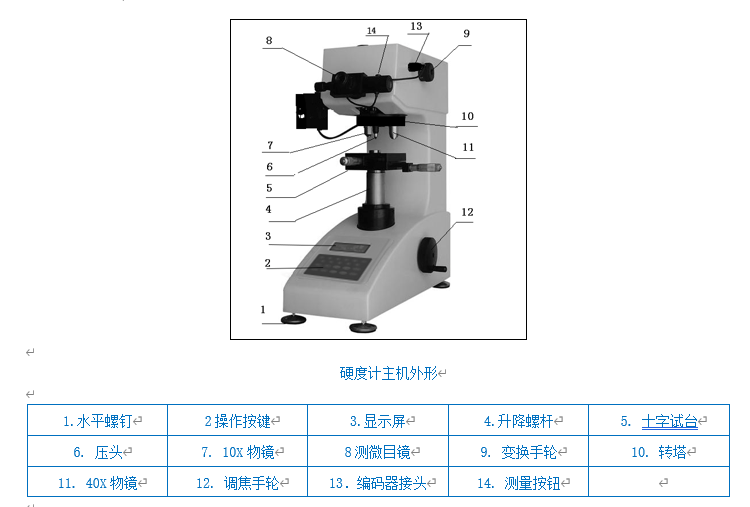
Introduction to panel key functions:
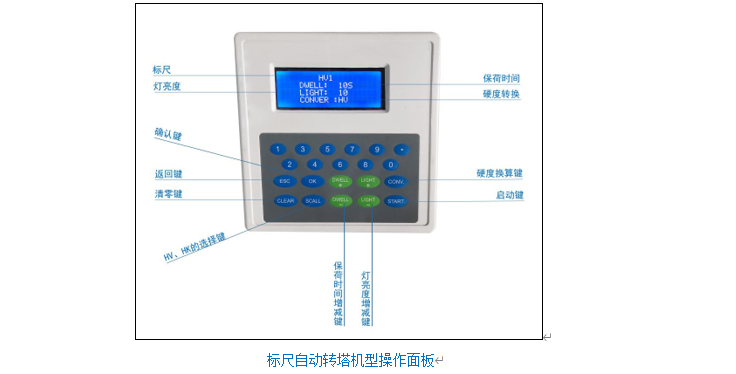
Use of hardness tester:
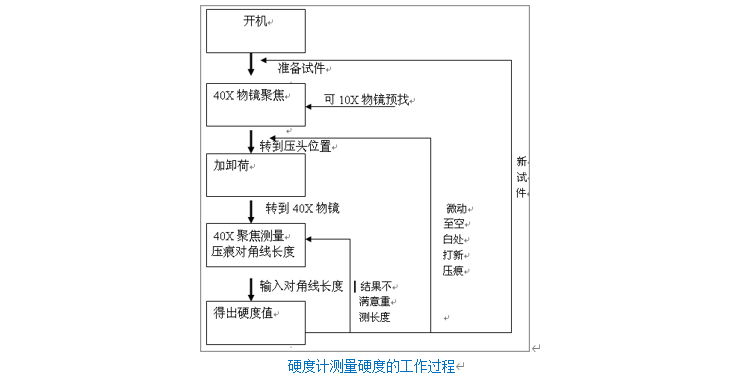
Specific measurement method for indentation:
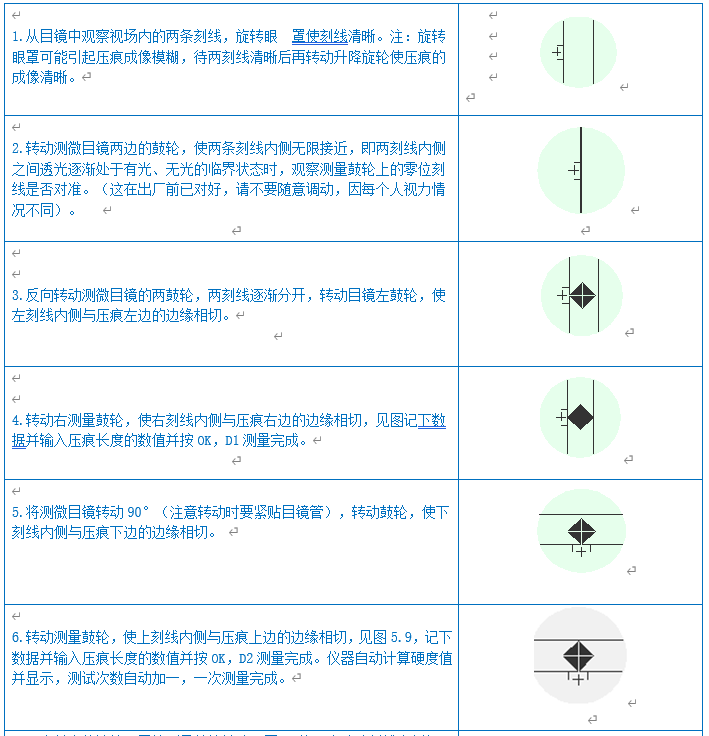

The hardness tester meets the standard:
GB/T4340.1-1999 GB/T 4340.1-1999 Metallic Vickers Hardness Test Part 1: Test Methods
GB/T4340.2-1999 GB/T 4340.2-1999 Metallic Vickers Hardness Test Part 2: Verification of Hardness Machines
International standard ISO 6507-2:2018 "Vickers hardness test for metallic materials - Part 2: Verification and calibration of hardness testers"
ASTM E384-17 Standard Test Method for Knoop and Vickers Hardness of Materials
JJG151- Verification regulation of metal Vickers hardness tester
Standard configuration:




